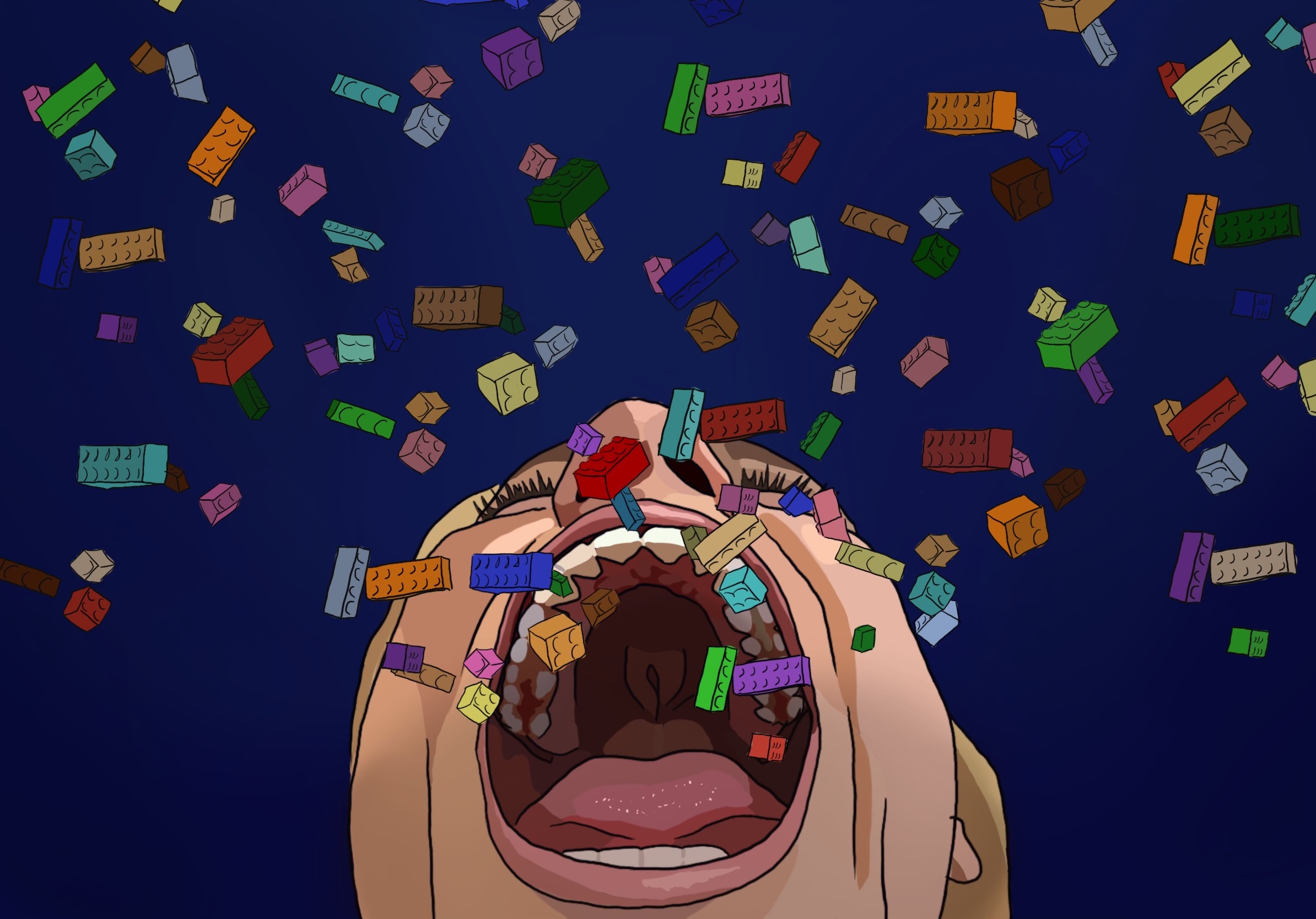Stay True To The Data

Advancements in science constantly reshape our understanding of health and healthy practices, making it crucial to communicate accurate data to the public through health science articles. However, recent studies show that articles reaching a mainstream audience are often misrepresented or lack proper context in both data and methodology, which undermines credibility and poses risks to readers.
A 2019 WWF-Singapore unpublished internal report, later published in 2020 and 2021 in separate health science journals, became a hot topic in the news shortly after its release to the public. Health science and lifestyle journalists quickly picked up the story, and within a week, this was the first study available when searching the term "microplastic." However, the flashy title "you're eating a credit card worth of plastic every week," and its iterations across hundreds of news sources, including CNN, The Guardian and BBC, neglected the actual facts of the study.
The Actual Amount
A plastic credit card at its current weight is almost exactly five grams. The original study, investigating the ingestion of microplastics on average for humans, found that people consume between 0.1 and five grams of plastic per week. While five grams represents the upper limit of this range, the actual average falls between 0.1 and 0.35 grams of plastic per week, an amount very far off from a five-gram credit card.
Other Factors
The articles that falsely represented this data also overlooked the study's significant limitations. As stated in the research and methodology section, "It should be stressed that the amount of the microplastics ingested by an individual will depend on a combination of parameters that is highly variable not only pertaining to the characteristics of the microplastics but also to each’s age, size, geographic location, demographics of the location, nature of development and lifestyle options.” While the study suggests that humans may ingest up to five grams of plastic per week, this estimate is highly dependent on numerous factors that the study did not account for, such as location, diet, size and age.
The WWF report considers these factors in greater detail and includes several graphs depicting when and where microplastics are most evident, leading to a higher rate of ingestion. For example, one graph measuring microplastics per 500 ml of water shows that the United States has an ingestion rate of 4.8 ml per 500 ml of water, while Europe has a rate of 1.9 ml of the 500 ml. These location-based differences significantly impact the "average" microplastic ingestion rate, an important nuance that was left out of the original study. This specific part of the study comes from a multitude of misrepresented facts, and this misinformation about healthy practices that can impact the lifestyles of thousands.
Cherry-picking information has become increasingly common in news articles, posing a risk to readers by promoting unhealthy practices, like dehydration from the fear of ingesting microplastics through water, and weakening digital autonomy and critical evaluation of news sources. Digital literacy has become of the utmost importance in humanity's current relationship with media, following the rise of social media and customized algorithms, and it is important to stay as informed as possible.
Your Part to Play
So what can you do? As health and lifestyle science continues to evolve, it plays a crucial role in the promotion of positive daily practices and sustainable choices. When a health science article with a flashy title catches your eye, feel free to peruse it, but be cautious of dramatic statements and try to read the studies and sources linked to familiarize yourself with the real data being presented to you. So question the bold claims presented in titles, read past the article, and take a moment to explore the linked studies at your fingertips. This can both deepen your understanding of the science and empower you to make more informed decisions with clarity and confidence. When flashy titles grab your attention, the goal should be to read beyond the headline.





